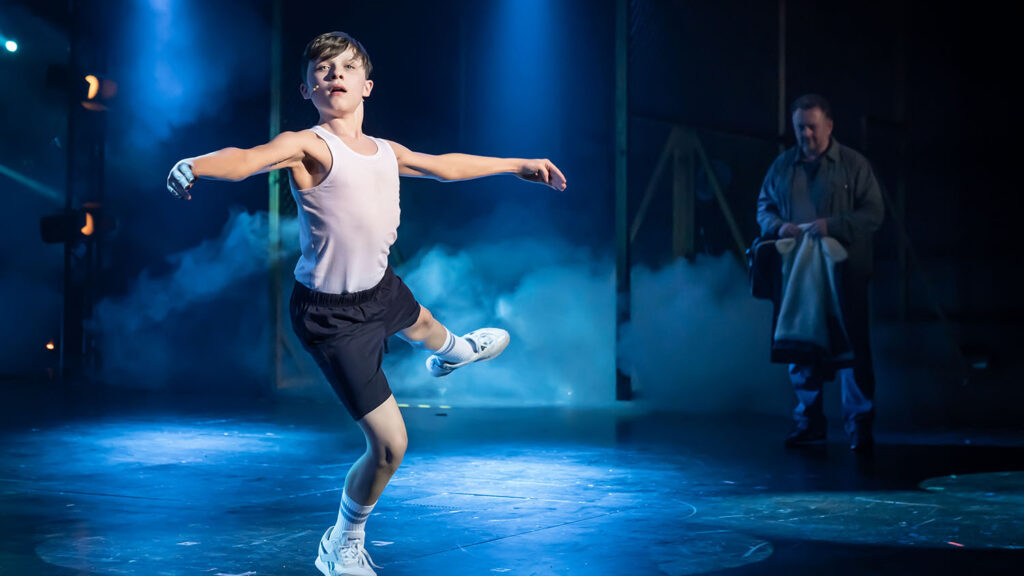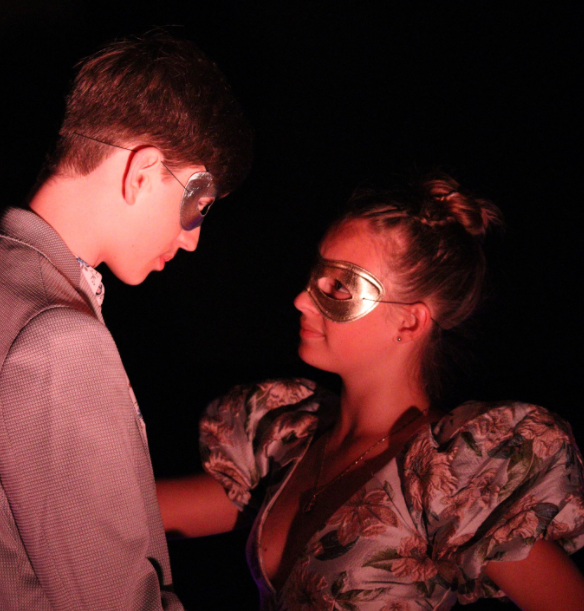
Types of Musicals: Dance Musicals
In the colorful spectrum of musical theatre, there’s a genre where movement takes center stage, telling stories as potently as lyrics or dialogue: the dance musical. These productions elevate choreography to the forefront, allowing dance to drive the narrative and convey emotion in powerful and transformative ways.
The Dance Narrative Unleashed
In dance musicals, choreography is not just an accessory; it’s the very essence of the show. The movements, whether balletic, jazzy, or modern, transcend traditional storytelling, often conveying character development, emotional arcs, and pivotal plot points.
Historic Footsteps in Dance Musicals
The integration of dance into musical theatre is not new, but certain iconic productions have set the bar:
- “West Side Story” (1957) – With choreography by Jerome Robbins, this reimagining of Shakespeare’s “Romeo and Juliet” utilized dance to depict gang rivalries and young love in New York City.
Why Dance Musicals Captivate
Visceral Impact: Dance has a raw, immediate power to evoke emotion, often communicating feelings that words might struggle to convey.
Universality: Dance, as a non-verbal form of expression, transcends language barriers, making these musicals universally appealing.
Dynamic Staging: The emphasis on movement often results in visually stunning set pieces and innovative stage design.
Iconic Dance Musicals Over Time
- “A Chorus Line” (1975) – This behind-the-scenes look at Broadway dancers auditioning for a show is punctuated by intricate dance numbers that reveal each character’s backstory and aspirations.
- “Cats” (1981) – Andrew Lloyd Webber’s feline spectacle, based on T.S. Eliot’s poems, is heavily reliant on dance to bring the distinct personalities of each cat to life.
- “Billy Elliot the Musical” (2005) – Centered around a young boy’s passion for ballet amidst the backdrop of a mining strike, dance becomes a powerful symbol of self-expression and defiance.
Challenges Within the Form
Physical Demands: The intense focus on dance means cast members must be in peak physical condition, often requiring multi-faceted talents in singing, acting, and various dance disciplines.
Narrative Clarity: Relying heavily on dance to convey plot can sometimes risk ambiguity, especially if choreography isn’t clear in its intention.
Continued Evolution of Dance Musicals
Today’s choreographers, inspired by the legacies of past masters, continue to push boundaries. Incorporating contemporary dance forms, from street dance to aerial acrobatics, modern dance musicals are as varied as they are vibrant.
In wrapping up, dance musicals stand as a testament to the power of movement in storytelling. They remind us that sometimes, words are not necessary when the body can speak volumes, painting stories in the very air with grace, passion, and rhythm.






